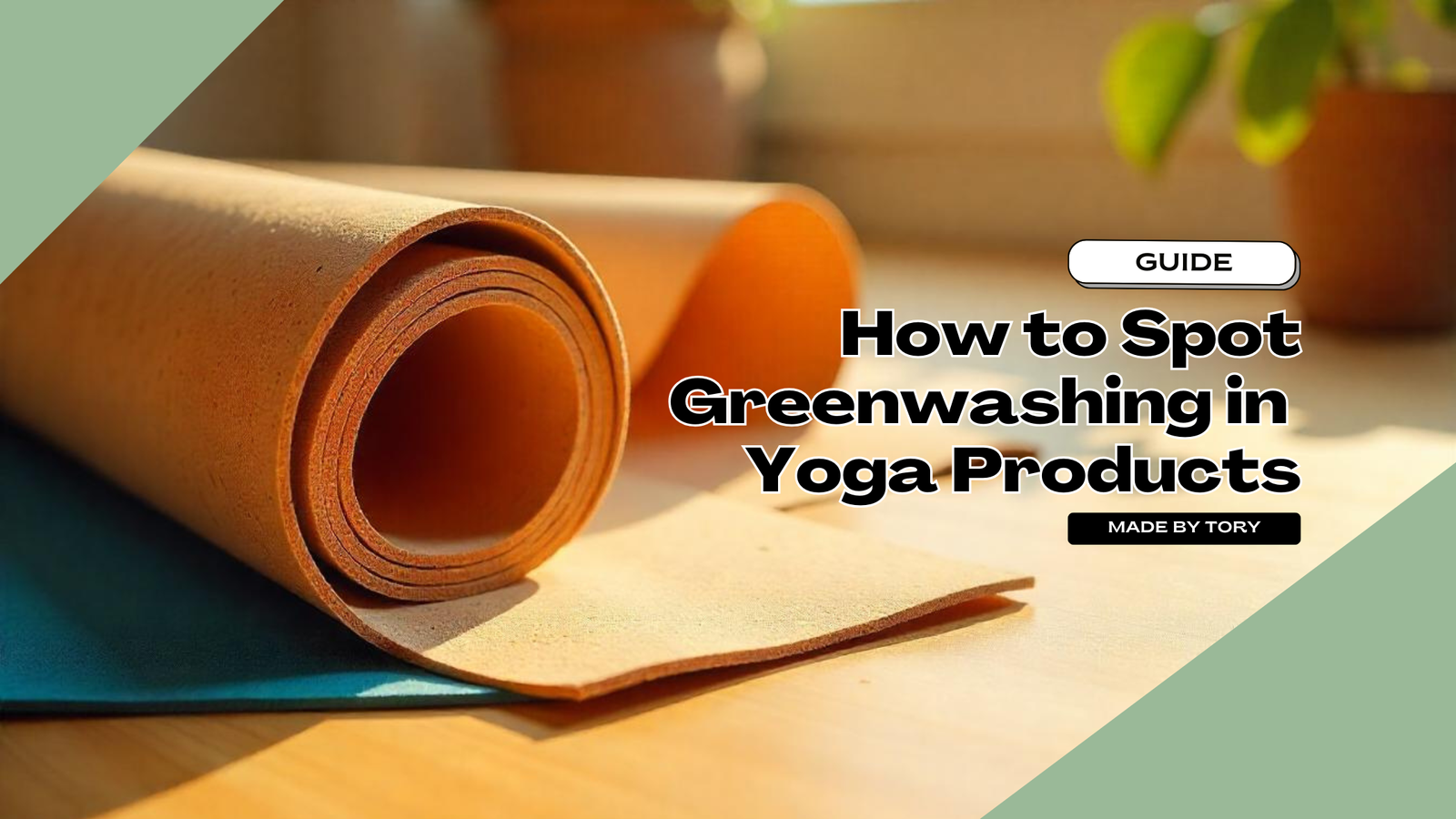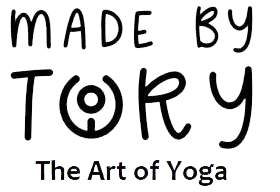Blog
How to Spot Greenwashing in Yoga Products

The primary purpose of yoga is to achieve a perfect balance between the body and mind. While you are trying to harmonize the body with the mind, the yoga products you are using might be causing more damage than you can think of.
Let’s just talk about a yoga mat for now. You may have chosen the eco-friendly yoga mat, but is it really it or just greenwashing?
While you practice calmness, your choices may be increasing the overall environmental problems for you and many other people.
But what is greenwashing, and how to find Greenwashing in Yoga Products? Let’s find out.
What is Greenwashing?
Greenwashing is the practice of making a company or its products, such as yoga mats or yoga activewear, appear sustainable in an effort to profit from the growing demand for eco-friendly products. The use of terms like “eco-friendly” is largely unrestricted, and many brands employ them without consequence. Take yoga mats, for instance. It is nearly a given that a yoga mat is environmentally friendly simply because it is a yoga mat.
What Do Studies Say About The Greenwashing Of Yoga Mats?
You can have good intentions for choosing the mat, but the company might not.
According to the Ecology Center report, not all yoga mats labeled to be eco-friendly are actually made with the right material. Sometimes it is just a deception.
When they studied some of the mats,
“I had not heard of PER before. I was surprised to learn that it stands for ‘polymer environmental resin,’ a name that tells us nothing about its composition. It sounded like greenwashing, and our test results appear to confirm that,” stated Gillian Miller, senior staff scientist at the Ecology Center.
Customers may be led astray by the eco-friendly marketing of these yoga mats into thinking they are buying a product that has no adverse effects on the environment or people.
Marketing materials state that PER is “biodegradable” and “eco-friendly.” However, those assertions are called into question by its PVC composition.
How to Identify Greenwashing in Yoga Products
You are probably now asking, How can we, as consumers, identify greenwashing when so many businesses around the world are riding the ‘green-sustainable wave”? How can we choose the most sustainable options? Whether mats, yoga blocks, or yoga tops, if they claim to be green, are they really eco-friendly?
-
Pay Attention to Buzzwords:
Among the many green buzzwords that lure you is “all-natural.” Other terms that could be used include “organic” and “healthy.” These words have no meaning and are extremely vague. You want specifics from businesses.
-
Spot Symbols and Cute Pics:
Editing a highly professional picture of your project is one thing, but making it deliberately cute is something else. For example. It’s simple to add the leaf emoji to a label, and it will undoubtedly appeal to a certain market that will assume this is a green product right away.
However, exercise caution because, as previously stated, it’s too simple to place a leaf here and a tree there without supporting evidence.
-
Look for the Data and Proof:
It’s usually a good idea to find some data and proof to break through the noise if you’ve seen some rather large green claims.
-
Watch Out for Misleading Advertising Claims
Many so-called eco-friendly yoga gear brands in the UAE might mislead you in certain ways. One of them is a vegan claim.
Being vegan is often associated with organic quality. But the term “vegan” mostly refers to being free of animals. Most plastic is not made from animals. It is vegan, then. So, a plastic bag is organic? No. Check the definitions and usage of terms. Something does not necessarily have to be ecologically friendly just because it sounds “green.”

What to Know about Sustainable Yoga Mats?
Verifying the materials used to make sustainable yoga mats is the first step.
This will be stated in the product title or description if you purchase your mat online. To find this information, simply look at the mat’s label if you’re looking for mats in a physical store.
Since plastics like PVC and foam are less expensive and more readily available, they are used to manufacture the majority of mats. It is crucial to review these if you wish to purchase a truly environmentally friendly yoga mat.
Plastics like these, which are often made with fossil fuels, are harming our oceans, accumulating in landfills, and releasing harmful chemicals that pollute the environment even after the item has been discarded.
It’s also important to remember that these plastic materials don’t offer the same level of anti-slip grip as rubber or cork yoga mats, so you’ll find it difficult to maintain your balance when practicing on them. Unless these mats are very thick (think 8mm+ in thickness), their texture will be spongy, foam-like, and insufficiently dense, meaning they won’t provide you with the proper joint padding.
So, How Do You Buy Eco-Friendly Yoga Mats in Dubai?
Opt for a mat composed of materials that are sourced sustainably, such as cotton, cork, jute, or natural rubber. These mats can provide the proper amount of padding and are typically non-slip and long-lasting. These materials are also biodegradable and recyclable.
When searching for a new mat or any other yoga product, refer to this brief Sustainable Yoga Product Guide and start focusing on the materials.
Conclusion
Choosing truly eco-friendly yoga accessories requires more than just trusting green labels. Always look beyond marketing buzzwords and examine the actual materials and certifications to ensure accuracy.
If you’re aiming to make conscious choices, opt for brands that are transparent and committed to sustainability, such as Made by Tory.
From yoga mats to apparel, their products are crafted using sustainable materials like cork, cotton, and natural rubber.
So, whether you’re looking to buy yoga leggings in Dubai or a reliable eco-mat, start with brands that value both your practice and the planet.
Mindful living starts with mindful buying.
FAQs
1. How to identify greenwashing in yoga gear?
Look beyond vague buzzwords like “eco” or “natural.” Check for specific materials, credible certifications, and transparent sourcing details. Avoid products with unclear terms or symbolic marketing that lacks real environmental backing or third-party validation.
2. Are yoga products really sustainable?
Not always. Many yoga products marketed as sustainable actually contain harmful plastics, such as PVC. True sustainability involves using materials like cork, jute, or natural rubber, along with transparent sourcing and eco-certifications that verify minimal environmental impact.
3. What is greenwashing in yoga clothing?
Greenwashing in yoga clothing occurs when brands falsely market their products as eco-friendly, using vague terms or misleading visuals. Despite “green” claims, products may still utilise unsustainable fabrics or processes without any genuine environmental benefits or proof.
